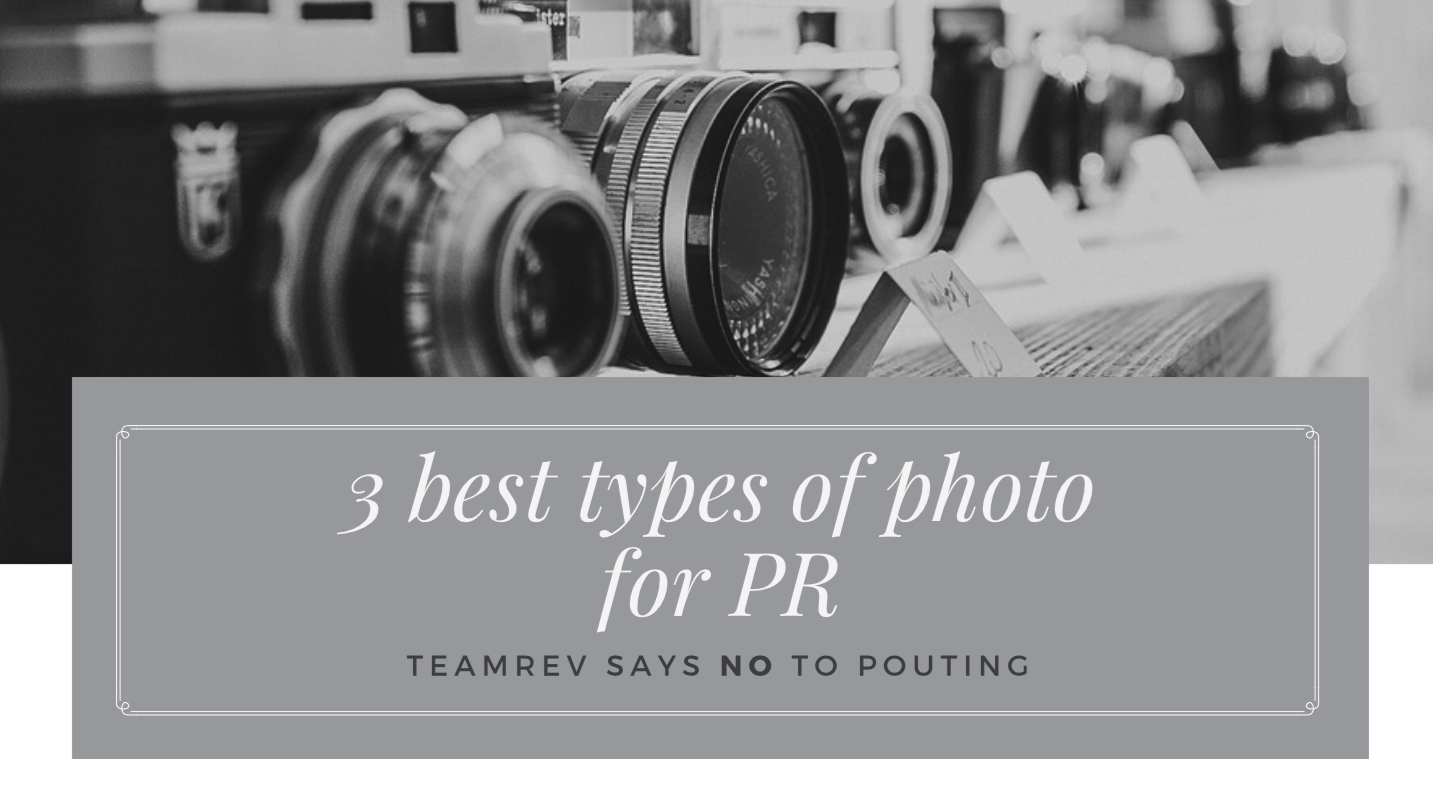It’s imitation, so they say. And if you copy someone’s fashion style or their haircut, they may well be flattered. But copy someone’s content or present their IP as your own and at best you’ll find yourself with a disgruntled peer. And, at worst, with a legal case on your hands.
In fact, this happened to Team Rev recently. On one of our usual early morning LinkedIn sessions, we noticed a post from a respected peer who had recently visited our blogs (the wonders of analytics!). The problem was, the post in question was rather obviously a copy of our content. And trust us, ‘flattered’ wasn’t our first though. We’d guess it wouldn’t be yours either!
An easy mistake to make?
It’s more easily done than you might think, especially if you’ve been looking for inspiration or researching a certain topic prior to putting pen to paper – or finger to keyboard as is more likely. It’s important to be extra vigilant when creating content this way and we recommend taking a break between the two tasks to ensure someone else’s words and ideas aren’t making their way onto the page without you realising it. Often, creating a skeleton of your piece, with a simple plan of headings and paragraph content will allow you to quickly identify where, if at all, you’re likely to fall foul.
Most blogs and social media platforms now allow, and actively encourage, the sharing of articles via sharing buttons embedded into the pages. These handy shortcuts protect you and the author from plagiarism and give you the opportunity to make a comment in the reshared post about why you think the content is so valuable, worth a read or what you particularly agree or even disagree with. It’s actually a fantastic conversation starter with your audiences.
Cite your sources
Another easy way to avoid this particular pitfall is to cite your sources. It’s common practice and won’t in any way detract from your content. In fact, readers often appreciate that you can clearly demonstrate your research and show that your advice is more than just an opinion. So, if you’ve seen, read or heard a great article, by all means use it as a ‘starter for 10’ for your own thought piece. But build on it, don’t repeat it in your own words in an attempt to pass that original content off as your own.
Remember that in this day and age, the aim of the game is to build trust and credibility for yourself and your brand with your target audience. That’s unlikely to happen if they themselves come across an earlier article which you’ve blatantly copied. Or if you’re forced to make a public apology as part of a settlement. And yes, we know that all sounds very scary, but it needn’t be. Please don’t let it put you off creating your own fabulous thought leadership articles and valuable content for your prospects and customers. You’ve got so much to offer.
Just stick to this golden rule: if in doubt, lay it out.
For support in making the most of your content and avoid other common copywriting mishaps, give us a call or drop us a line. We share regular advice posts like this to help you make the most of your PR activity. To make sure you don’t miss out, follow us on social media: LinkedIn, Twitter or Instagram






